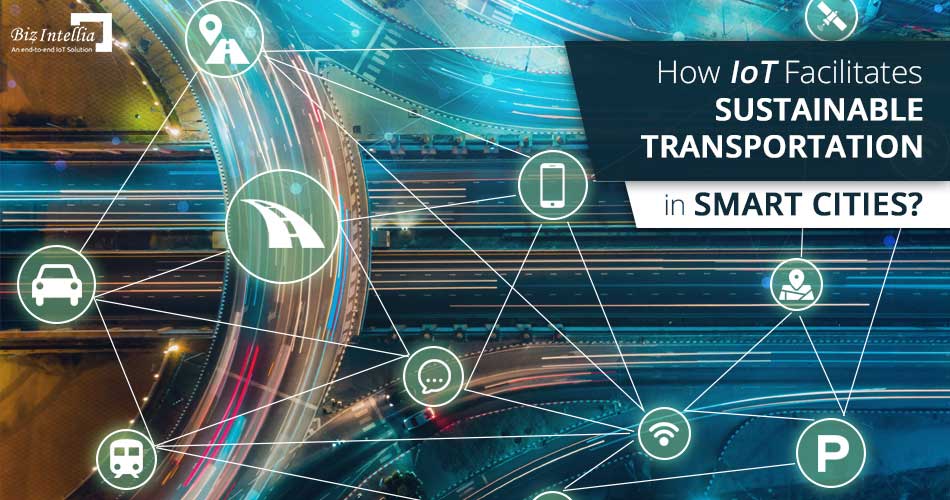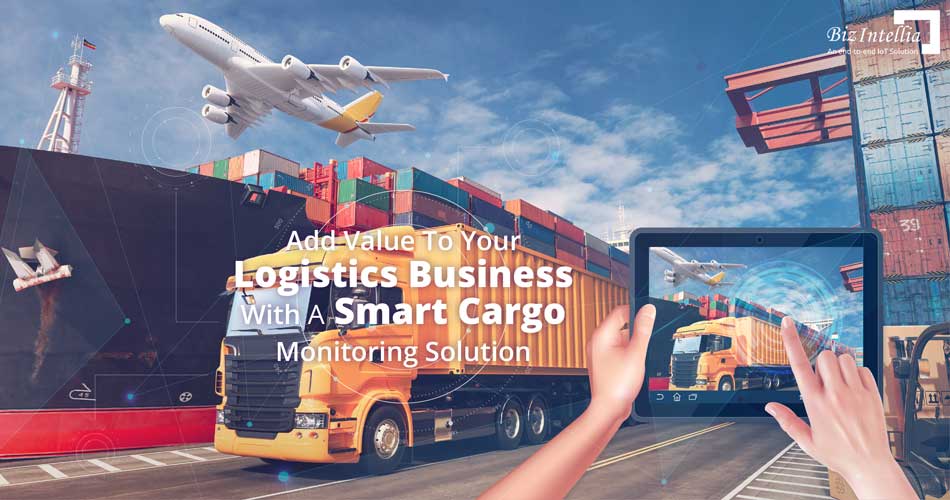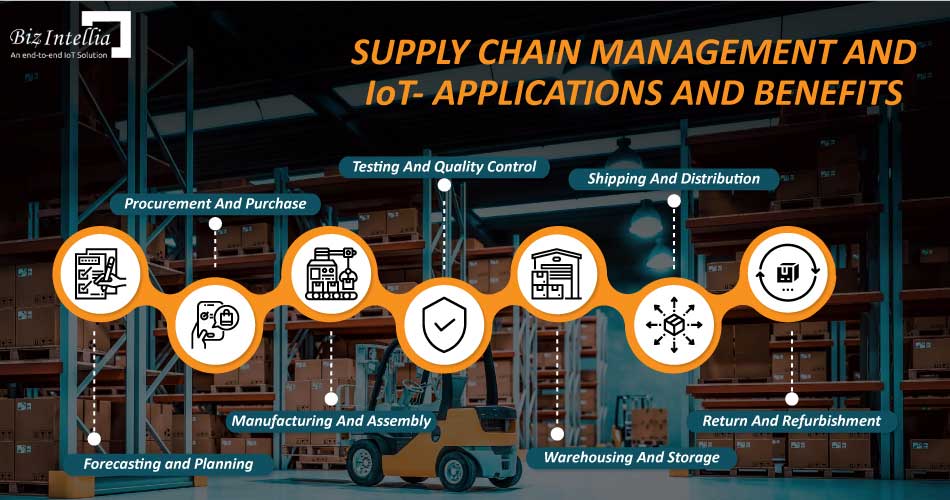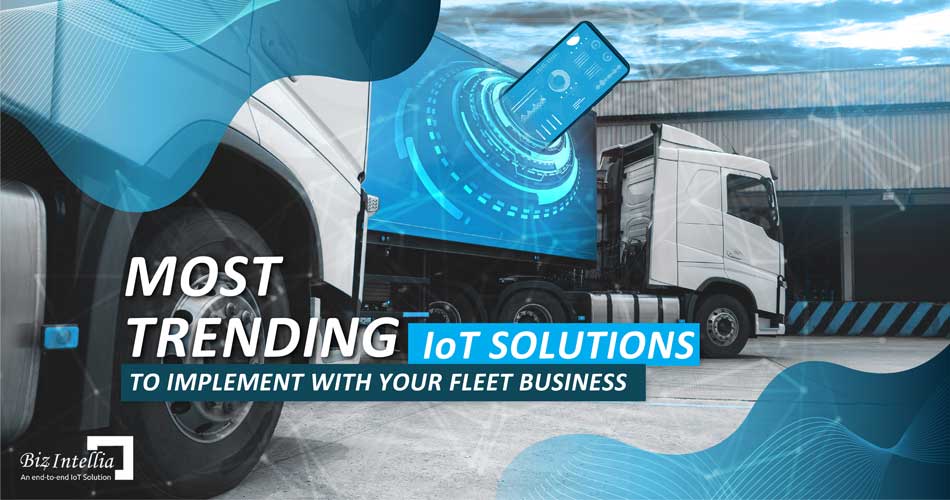Do you believe in keeping a live track of your vehicles?
What is their current location?
Are they providing timely deliveries to the consumers at their correct destinations?
All these doubts can be answered with an end-to-end fleet tracking solution, which gives you the ability to keep a real-time check on your fleet.
The logistics industry is a huge one with multiple entries and exits of the vehicles. It becomes difficult for the fleet managers to manage all the vehicles along with their goods altogether. Also, in case of the long-distance transit, there is a communication gap between the drivers and the managers, which causes improper management of the whole delivery process. Therefore, a fleet monitoring solution is a must-have for your logistics business. It is an IoT-enabled system that comprises of modern capabilities to detect live location, monitor the trailer's weight for legal transportation, manage the assets properly by utilizing historical data, and much more.
Why is there a need to track your fleet?
• Improved safety for your vehicles
• Quick alerts and real-time updates
• Improved maintenance
• On-time delivery
• Better asset management
Fleet tracking has become a common and basic part of the logistics world. With new advancements, technologies hold all the credits for a massive transformation in the transport industry. IoT has created a revolution in every sector, including transportation, with its innovative methods and techniques. Using IoT-powered systems to track your fleet not only assures better vehicle maintenance but also improves their safety. Additionally, it is a one-stop solution that resolves all the other issues like maintaining consistent communication with the drivers, behaviour and driving habits of the driver, on-time deliveries, cargo or fuel thefts, etc.
There are many features of a fleet tracking solution that will take your transportation business to an advanced level. Unlike traditional ways, when you were constantly calling the drivers to keep in touch; a fleet monitoring solution allows you to track every activity of all your drivers on one platform. It further brings extra security to the transported goods and allows you to handle all the deliveries on-time. As a fleet manager, you can install-track-supervise this solution as per the business requirements. Here is the list of features included in a fleet tracking system.
Key Features of a Fleet Monitoring Solution
• Provides real-time alerts on your smart gadget
• Scalable to monitor cargo conditions
• Enables proper asset management
• Involves a personalized application
• Detects the weight of the trailer
• Ensures fleet safety
• Keeps a track of driver’s working hours
• Enables route optimization
• Advanced analytics
• Multiple user log-ins
The main aim to design and implement a fleet tracking system is to reduce operation expenses, risks, and increase the ROI for business growth. It also holds great potential in offering real-time data to the managers for better analysis and decision-making.
Additionally, a fleet monitoring solution is an IoT-powered system that utilizes the functioning of sensors to extract data from assets like fuel tanks, tires, trailer weight. This data is further used as a necessary source to analyze different situations and is safely stored on a cloud platform for easier access in future. It involves a personal application which is handled by the managers for quicker operations and industrial functioning.
A Wider View
Fleet monitoring system is used widely across the transportation and logistics industry to improve operational efficiency. It is powered with the latest functioning of GPS technology that tracks the exact location of the fleet vehicles, which eases out the entire process of fleet management.
Factually, the transportation sector is adopting the Internet of Things devices to create a big business. Stats show that the use of IoT in transportation is expected to reach $328.76 billion from $135.35 billion by the end of the year 2023. IoT delivers multiple benefits for the transportation sector like reduced fuel consumption, improved operational performance, extended network infrastructure, and automation.
This solution uses GPS technology that helps the drivers to manage their routes effectively and perform timely deliveries. Also, it allows the managers to keep a close eye on the driving habits of the driver by providing better communication between the managers and drivers.
Real-World Example:
In the US, traffic congestion is the major challenge that hinders goods transportation. As the transports sit idle amongst the traffic on roadways, a large amount of fuel is wasted, deliveries get delayed, resulting in an unnecessary rise in business costs. The stats reveal that the transports using GPS fleet tracking services experience a positive ROI in less than six months. The city of San Jose, CA is utilizing the benefits of implementing IoT-enabled fleet tracking solution. In today's time, the city uses a 2,750 number of fleets for different purposes that require proper maintenance, real-time tracking, and security. Other cities like Japan, is particularly benefitting from IoT-based solutions for their transportation activities. The Internet of Things is capable of reducing air pollution with its autonomous functionality and also offers less fuel consumption during transit activities.
A fleet tracking system provides better and proper navigation along with driver safety, which makes it the most important part of the logistics and transportation. It is an IoT-powered system that tracks accurate directions to facilitate consumers with on-time delivery. Autonomous vehicles are one of the most significant options for a well-planned smart city to reduce air pollution and traffic jams with improvement in pedestrian’s safety. Also, investing in an IoT-based fleet tracking system is one of the smarter ways to keep up the pace among your fleet competitors.




